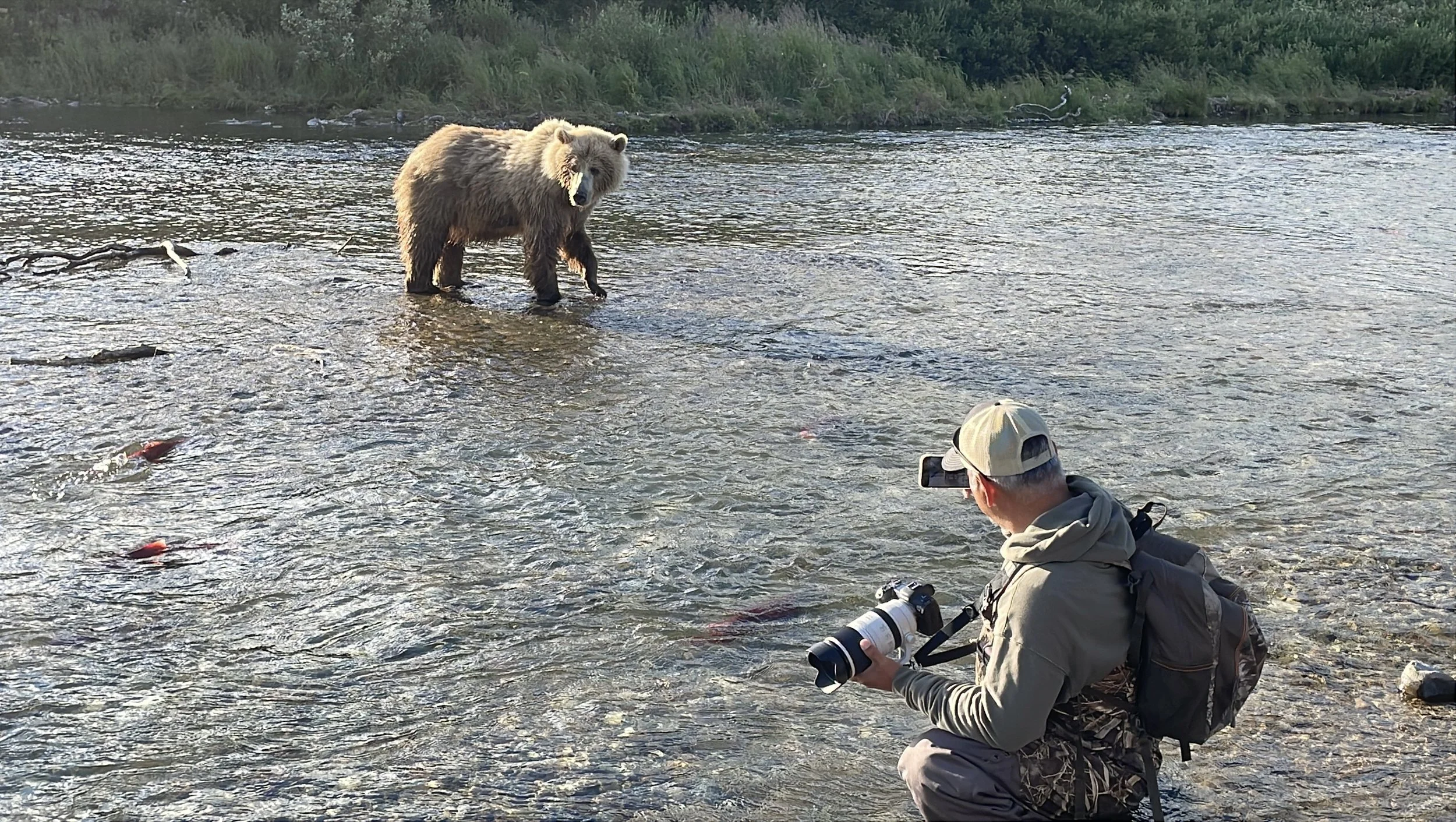1/2500, f5.6, ISO 400.
Churchill, Canada, is often referred to as the "Polar Bear Capital of the World," and for a good reason. The bear activity here is absolutely EPIC!
With its breathtaking landscapes and opportunities for up-close encounters with amazing animals, it’s a dream destination for any wildlife photographer.
I had the privilege of spending the past two winter seasons on the tundra, capturing these iconic animals in their natural, snowy environment.
1/1600, f11, ISO 400.
1/1600, f11, ISO 800.
Churchill’s landscape is like something from another world. Endless stretches of snow and ice create a stunning white canvas, interrupted only by the occasional patch of frozen tundra, and boulders that pepper the landscape.
The light changes throughout the day. Most of the time it is amazing with a lot of sun, other times the cloud cover will darken it all. But those cloud covered days do help soften that harsh afternoon light, which allows us to shoot throughout the day.
Mornings are epic, with the golden hues of dawn casting a magical glow over the snow, creating perfect conditions for photography.
1/1000, f5.6, ISO 1000.
Winter is truly an epic time to be out here. It is beautiful, and romantic, and dramatic, and on and on and on… but damn it is COLD!!!
It can be so cold, that my fingers can only hold the camera for short spurts before I have to cover them up, because they hurt so bad.
Some days the conditions are just perfect, and you can shoot all day outside, but other days, man the air is sharp as daggers, and you have to seek shelter from it, because it hurts.
Being out here, you can’t help but feel a deep respect for the creatures that are so perfectly adapted to thrive in this unforgiving environment.
1/2000, f5.6, ISO 2000.
The real thrill of this adventure is being on the ground, capturing polar bears up close. We used vans that are tough and built for this weather and terrain, allowing us to get close to the bears without compromising our safety or theirs.
There’s something incredibly personal about being at ground level with these iconic predators. You feel their presence, and the sheer wildness of these guys.
They have these massive Tundra Buggies in Churchill, which are cool, but I have never been a fan of shooting from a raised platform or a distance. I prefer ground shooting… just love to get close.
Photographing polar bears from the ground is exhilarating, but it’s not without its risks.
I admit, you are never really safe anywhere you go on the Tundra. The bears keep you wary and always looking over your shoulder. Of course this is why we always have a bear guard with us at all times, when we are out there.
Their presence allowed us to focus on capturing the bears without that added worry of danger.
1/600, f5.6, ISO 500.
But I admit I love that feeling of knowing we are out in a raw and wild place where you are never truly safe. There are not many places left in the world that are still truly wild… Churchill is one of those places.
And maybe that’s why this experience means so much to me. It’s not just about the photos—it’s about feeling alive in a place where nature is still in control.
Churchill reminds me that there are places where we’re just visitors, and for me, that’s where the magic happens.
1/1600, f5.6, ISO 400.
Shooting in Churchill’s snowy conditions presented some unique challenges. The bright, white snow can easily fool a camera’s light meter, leading to overexposed images.
Here are the settings I used to get the best results:
Exposure Compensation: I found that dialing in +1 to +1.5 exposure compensation helped prevent the camera from underexposing the scene. The snow tends to trick the meter into thinking it’s brighter than it is, so adding some exposure brings back the true detail.
ISO: The light was often low, especially during dawn and dusk, so I used an ISO range of 400 to 800 to maintain a fast enough shutter speed while keeping noise at a manageable level.
Shutter Speed: To freeze the action of a moving bear, I kept my shutter speed at 1/1000s or faster. When the bears were resting, I could drop it to 1/800s, but with these active animals, faster is generally better.
Aperture: I shot with a fairly wide aperture, around f/4 to f/5.6, to create a shallow depth of field that allowed me to separate the bear from the background while keeping enough of the animal in focus.
White Balance: I set my white balance manually to "Cloudy" or "Shade" to add warmth to the scene and counteract the blue tones that can dominate snowy environments.
Focusing Mode: I used continuous autofocus (AI Servo) to track the bears as they moved. These animals can be unpredictable, and having the camera continuously adjust the focus was essential for getting sharp images.
1/1600, f5.6, ISO 320.












